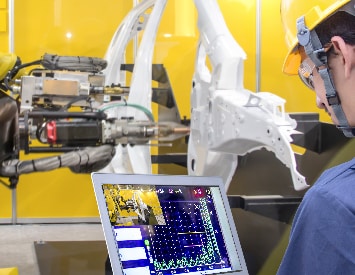Getting your professional certificate in 3D printing and design could take you many places. After all, additive manufacturing is becoming an important part of a lot of industrial endeavours in the world of engineering today. However, the biomedical field is always an interesting one when it works in tandem with 3D printing. We’ve seen everything from artificial arms to tracheas get printed and used for biomedical purposes. But now bioprinting has taken another step forward. And it’s got to do with stem cell research.
Researchers from the University of Bristol have developed a material named bio-ink. The ‘ink’ lays the material foundation for stem cell growth to be facilitated. Thereafter, living tissue can be 3D printed. The revelations come from the School of Cellular and Molecular Medicine who have published their findings in the Wiley Online Library under the title: 3D Bioprinting Using a Templated Porous Bio-ink.

The bio-ink consisted of polymers extracted from seaweed and another unnamed synthetic polymer. The seaweed polymer is reportedly the answer to sustaining cell nutrients once they are heated up to the specific temperature.
“What was really astonishing for us was when the cell nutrients were introduced, the synthetic polymer was completely expelled from the 3D structure, leaving only the stem cells and the natural seaweed polymer. This, in turn, created microscopic pores in the structure, which provided more effective nutrient access for the stem cells,” Perriman concluded.
The printing of complex tissue structures could see the future of printed body parts actually becoming more than fiction. This would add even more uses to the already impressive feat of engineering that is the 3D printer.
How about it engineers? Want to get your hands on some bio-ink and develop something that could improve the engineering world through 3D printing?
Source: PHYS


